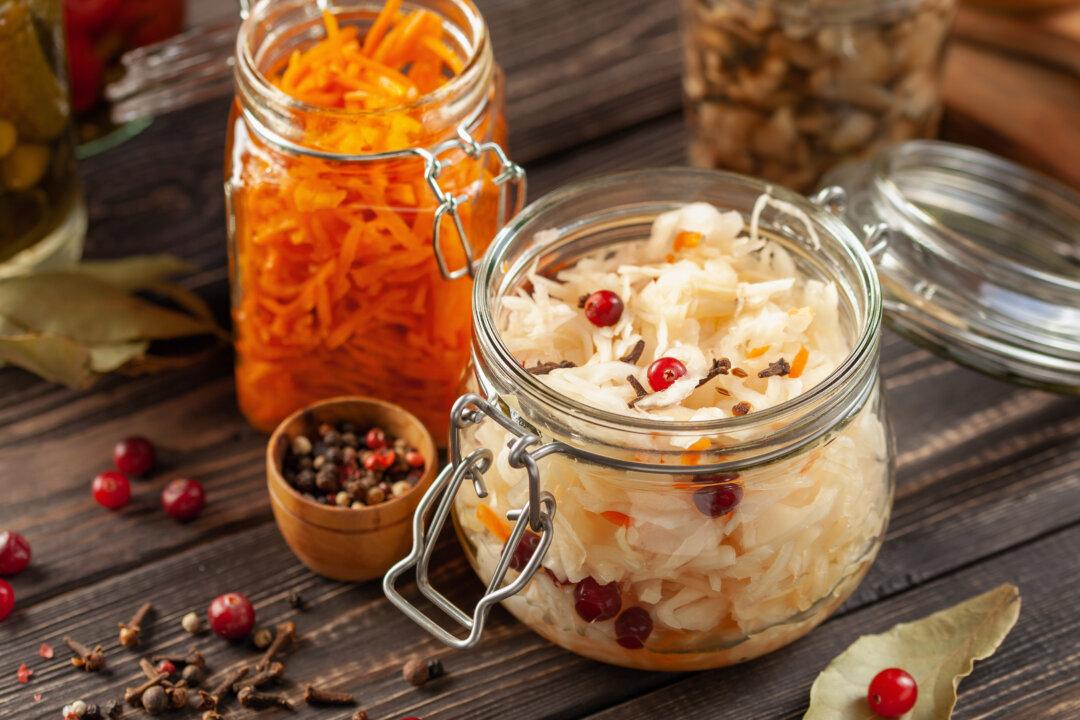We live in interesting times, and one of the most interesting transformations that we have seen during the past forty years has occurred in the field of biology: a huge paradigm shift from the notion that germs attack us and make us sick to the realization that germs are our friends.
Human beings can have up to five pounds of bacteria in their guts, and if these bacteria are friendly, they play many important roles in aiding digestion, producing vitamins, protecting us against toxins and pathogens, and even producing feel-good chemicals. It’s estimated that up to 80 percent of our immune system comes from beneficial bacteria in the digestive system.






